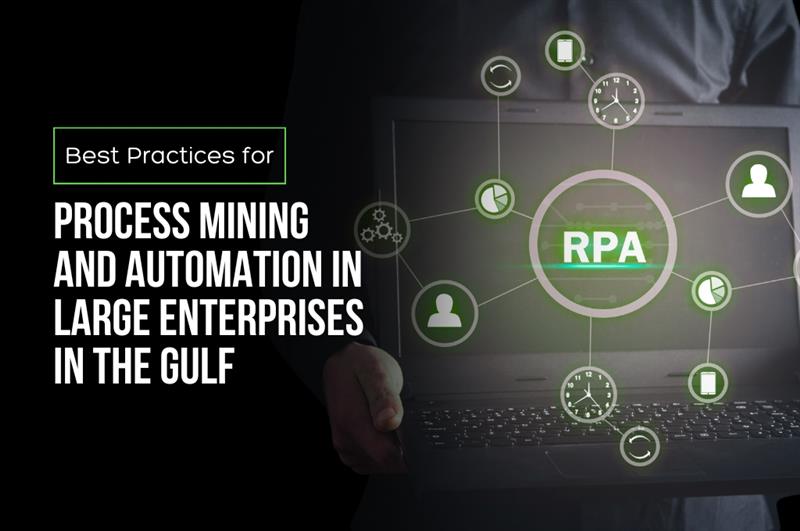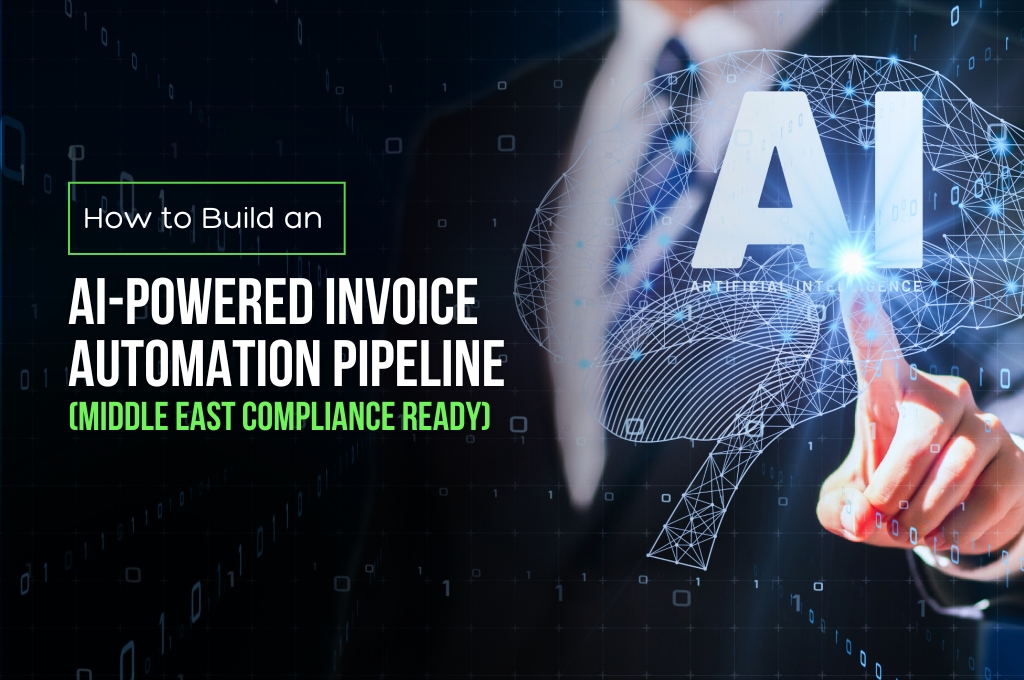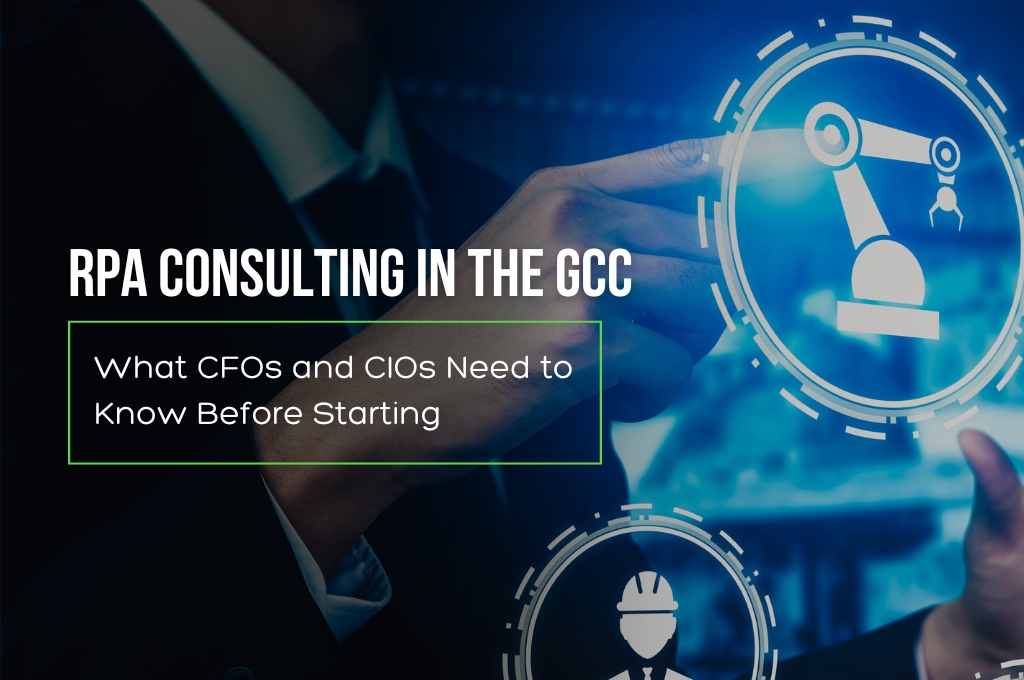Behind every real-time stock update, dynamic pricing engine, or automated product recommendation is not just a system—it’s an intelligent agent making decisions at scale.
Retail enterprises aren’t just experimenting with AI anymore—they’re rearchitecting their operational models around it. AI agents have matured from narrow-use automation tools into strategic assets that drive CX, optimize supply chains, and power always-on commerce.
For CTOs, heads of digital, and transformation leaders, AI is no longer about “if”—it’s about “how fast” and “how deep.” The focus has shifted from proof-of-concept to production-grade deployments, where AI delivers measurable outcomes: cost efficiency, demand forecasting accuracy, workforce augmentation, and customer retention.
In today’s high-stakes, high-volume retail environment, AI isn’t just a smart hire—it’s becoming the core operating system.
Why Retailers Are Betting Big on AI Agents
Facing a volatile global economy, labor shortages, rising customer expectations, and complex omnichannel logistics, forward-thinking retailers are re-architecting their operational core with AI-powered automation.
AI agents are evolving from rule-based bots into context-aware systems fueled by:
- Natural Language Processing (NLP) for dynamic customer interactions
- Predictive analytics for data-driven decision-making
- Generative AI for real-time personalization and content creation
- Computer vision for inventory management and checkout-free stores
These capabilities unlock efficiencies and elevate the customer experience across every digital and physical touchpoint.
On the Frontlines: How AI Agents Are Enhancing Retail CX
Today’s AI agents go far beyond chatbots. They are omnichannel orchestrators—analyzing behavior, responding contextually, and optimizing every micro-moment.
Key Use Cases:
- Hyper-Personalized Customer Engagement
Through advanced NLP and behavioral analysis, AI agents adapt dynamically to customer tone, intent, and purchase history—crafting experiences that feel personal at scale. Sentiment-aware models adjust dialogue in real-time, driving emotional resonance and increasing conversion.
Use Case: A returning customer interacting with an AI agent is offered products based on prior preferences, cross-referenced with current browsing behavior. That’s real-time, AI-powered personalization.
- Real-Time Inventory and Fulfillment Optimization
AI-driven demand forecasting algorithms integrate point-of-sale data, supply chain metrics, and even external variables like weather and local events. These inputs feed into predictive models that optimize stock levels, reorder points, and fulfillment pathways with minimal human intervention.
Outcome: Retailers reduce stockouts and overstock scenarios, improving both customer satisfaction and working capital efficiency.
- Fraud Detection & Transaction Monitoring
Traditional rule-based fraud detection is no longer enough. AI agents now use machine learning anomaly detection techniques to flag and block suspicious transactions across millions of signals in real time—outpacing traditional rules-based approaches in both speed and accuracy.
The impact? Up to 80% of customer queries can now be resolved without human intervention, customer retention improves by up to 40%, and businesses gain 24/7 coverage with zero downtime.
Beyond the Counter: AI in Retail Operations
What’s less visible—but equally impactful!
AI agents are also revolutionizing what happens behind the scenes—quietly orchestrating complex operations that once required teams of analysts, planners, and managers.
AI agents are reshaping core retail operations behind the scenes.
- Automated Demand Forecasting
By integrating historical sales data, macroeconomic indicators, and localized patterns, AI agents generate highly granular forecasts. These systems account for seasonal, geographic, and even social media trends—allowing supply chains to move from reactive to anticipatory mode.
The result? Pinpoint accuracy in knowing what sells, when, and where—down to the Stock keeping Unit (SKU) and store level.
Tech stack: Advanced time-series forecasting models and reinforcement learning algorithms ensure dynamic learning as new data flows in.
- AI-Driven Merchandising
What gets placed where, at what price, and when—used to require teams of analysts. Now, AI agents evaluate real-time product performance, inventory velocity, and market sentiment to optimize promotions and pricing continuously.
The result? Enhanced category profitability and margin protection without manual recalibration.
- Intelligent Workforce Planning
AI agents ingest traffic data, historical staffing patterns, and transaction volumes to optimize workforce scheduling. By aligning human resource allocation with predicted peak footfall, retailers achieve both better service and lower labor costs.
A recent Nvidia study underscores this transformation:
94% of retailers already using AI report decreased operational costs, while 4 in 5 saw revenue gains. Nearly 25% even reported revenue increases exceeding 20%.
Gen Z: The AI-Native Consumer Driving the Shift
For the next generation of shoppers, AI isn’t just accepted—it’s expected. Gen Z, the fastest-growing consumer base, is 10x more likely to use AI tools for product discovery compared to older generations. In fact:
- 54% of Gen Z shoppers already use AI during their shopping journey.
- 63% are comfortable with AI agents making purchases on their behalf.
This generation values speed, personalization, and intuitive digital experiences. For them, AI isn’t a novelty—it’s the norm. Retailers embracing AI-driven interactions aren’t just meeting expectations; they’re building lasting relevance with the most influential buyers of tomorrow.
From Vision to Foundation: AI Agents as the Backbone of Retail
The conversation is no longer about experimenting with AI in retail—it’s about operationalizing it across the enterprise. AI agents, when trained on domain-specific data and integrated with existing IT ecosystems, can serve as a cognitive layer across the retail tech stack.
These agents free up human employees to focus on high-value creative and strategic tasks, while autonomously handling repetitive, high-frequency processes at scale.
At Predikly, we view AI agents not just as automation—they’re accelerators of retail intelligence. From AI-powered customer service to intelligent retail operations, our solutions are designed to help organizations reimagine what’s possible when human intuition meets machine precision.
Rethinking Workforce Excellence—With AI at the Core
AI agents don’t need breaks. They don’t sleep. And they don’t forget.
When trained, integrated, and governed well, they become the most consistent, reliable, and high-impact assets in a retail organization’s workforce.
Retailers that treat AI agents not as tools, but as team members—complete with KPIs, training, and oversight—will outperform peers in both agility and profitability.
At Predikly, we believe that the future of retail excellence lies in a human-AI partnership—where digital agents handle precision, and people drive innovation. Those who rethink their workforce strategy today will lead tomorrow’s market with resilience and relevance.Predikly’s AI-driven solutions are helping global retailers boost performance, personalize experiences at scale, and future-proof their growth strategies. Talk to our experts to accelerate your Agentic AI journey.




